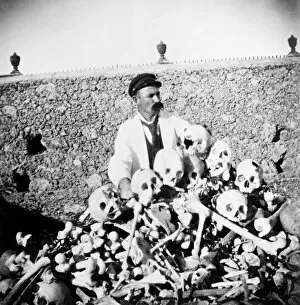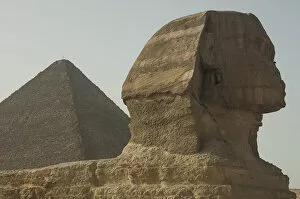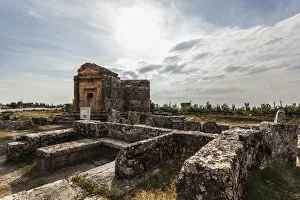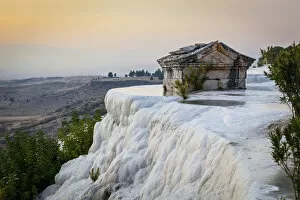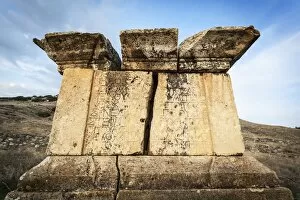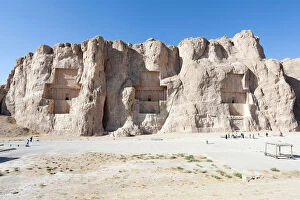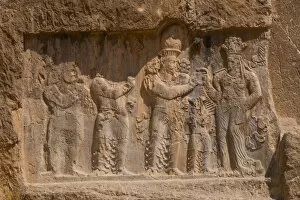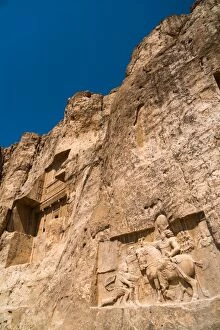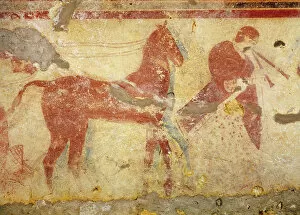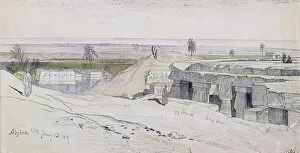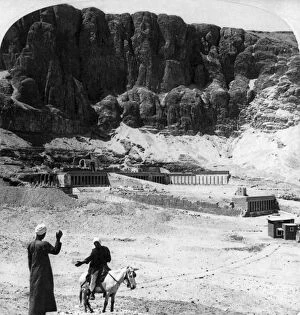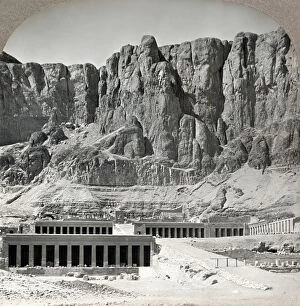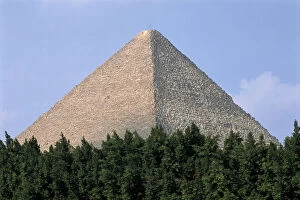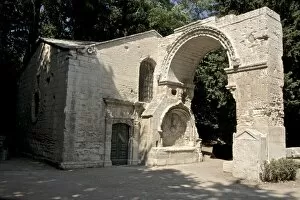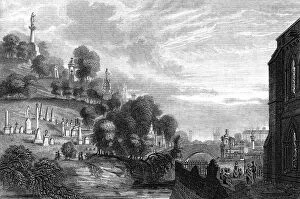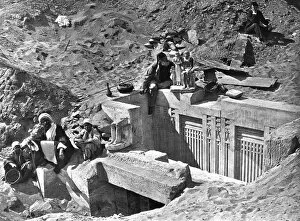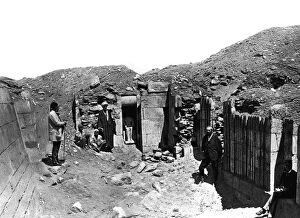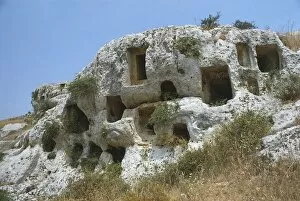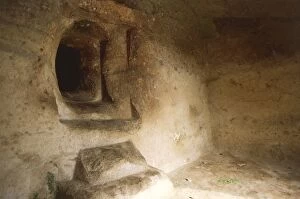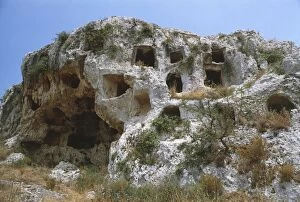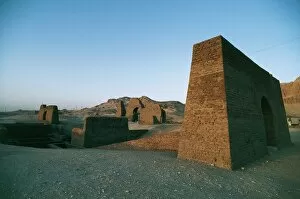Necropolis Collection (#17)
The concept of necropolis, a city of the dead, has been prevalent throughout history and across various civilizations
For sale as Licensed Images
Choose your image, Select your licence and Download the media
The concept of necropolis, a city of the dead, has been prevalent throughout history and across various civilizations. From the intricate wall in the Tomb of the Augurs at Tarquinia, Italy to the captivating dancer depicted in Etruscan art found in Tricliniums Tomb, these ancient burial grounds hold stories waiting to be discovered. Traveling further east, we encounter the grandeur of Naqsh-e Rostam Necropolis near Persepolis. Here lie the tombs of Darius II, Ataxerxes I and Darius the Great - a testament to their power and influence during their time. Moving back towards Italy, we come across another fascinating necropolis belonging to Piceni and Italic civilizations. The limestone sculpture of Warrior Capestrano from Aufinum's necropolis showcases both skillful craftsmanship and an insight into their beliefs surrounding death. Closer to home lies Glasgow Necropolis from Victorian times. Its towering presence stands as a reminder of Scotland's rich history while providing a final resting place for many prominent figures. Adjacent to it is Glasgow Cathedral Necropolis - another glimpse into Victorian-era architecture intertwined with solemn remembrance. Venturing beyond Europe takes us to Syria's Dead Cities where Serjilla reveals remnants of an ancient necropolis that once thrived there. These ruins offer glimpses into past lives and customs that have long since faded away. In Andalusia, Romans left behind traces of their existence through various necropolises dating back centuries ago. These sites bear witness to Roman civilization's expansion and influence on this region during ancient times. Even Egypt boasts its own Islamic Cemetery within Cairo Necropolis - a sprawling city dedicated solely to honoring those who have passed on. This sacred ground holds countless stories etched onto tombstones that speak volumes about Egyptian culture throughout history. Lastly, Anatolia presents us with sarcophagi such as the Sarcophagus of mourning women from the 4th century BC.

